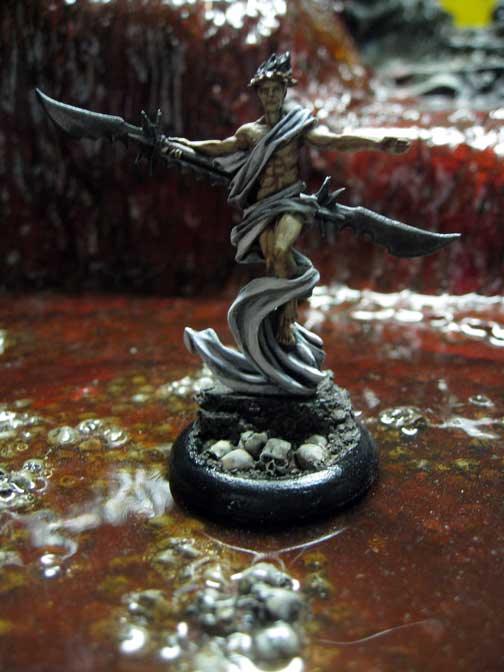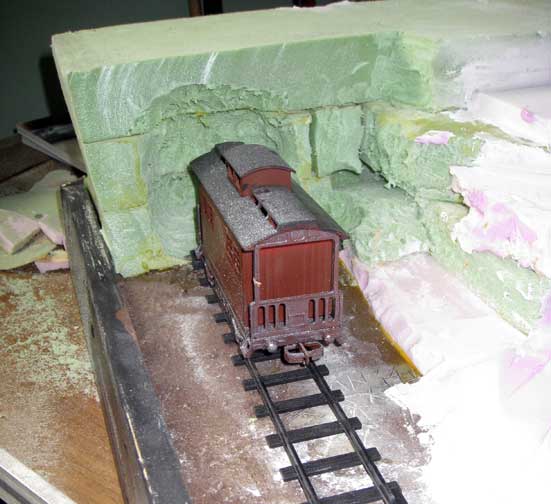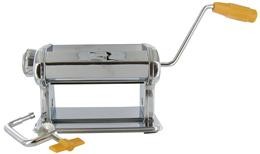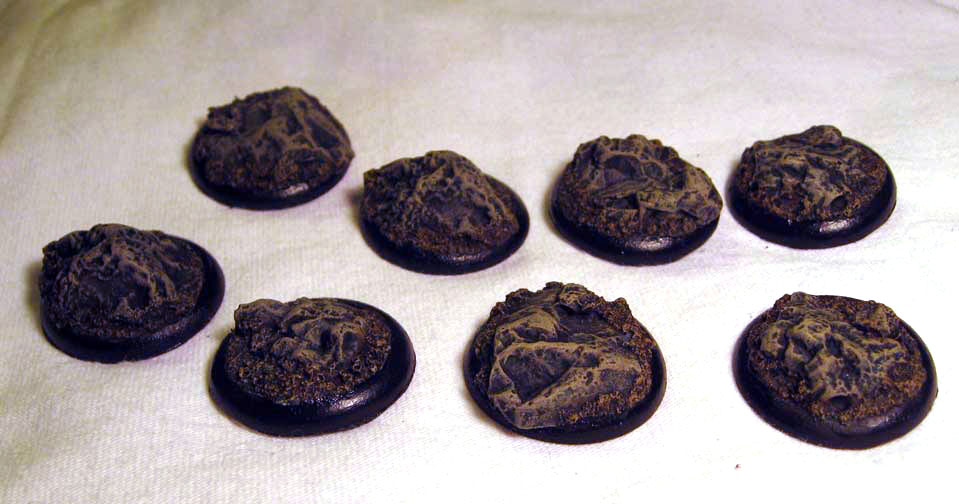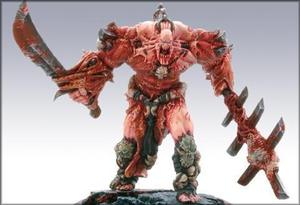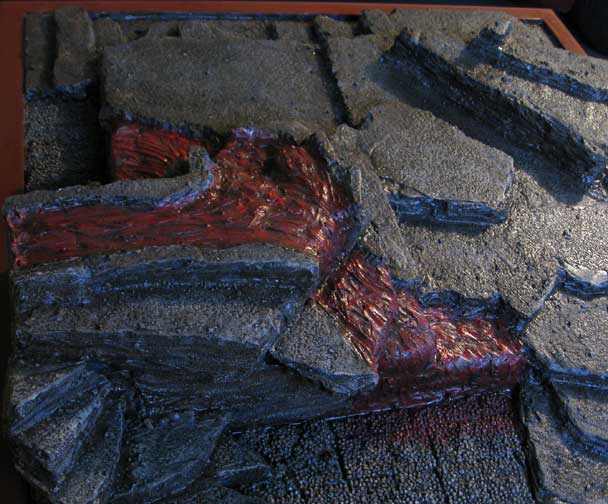DF – We are planning to do 5 releases a month for the foreseeable future. We have gotten a little backed up due to technical difficulties and getting some materials printed, but we seem to have most of that straightened out at this point. In the rest of this month and April you should see these figures hitting distribution ...
• Great Damned On of Wrath
• Saurav-Geet
• Blessed Warriors (2 in a blister)
• Sara Zingaresce (With 2 lemures)
• Blade Master, Hybrid
• Infernal Ambassador
• Retiarius
• Thirty Coins
• Dibbukim (2 in a blister)
• Lemure Pack B (3 in a blister)
• Husaym al Din
• Blades for Hire (2 in a blister)
• Damned Rank and File (3 in a blister)
• Arquebusers (2 in a blister)
• Succubus
• Jaws of the Deep
• Pillar of the Faith, Halberd
This is to catch up on the back up that I talked about earlier.
TE – What games do you currently play? How have they influenced your design?
DF – Well of course I play Anima Tactics and Hell Dorado quite a bit. I also play Warhammer 40,000, Space Hulk, Dominion, Dust Tactics, and Acquire fairly regularly. I own lots of games and it can be a challenge to play them all with any kind of regularity. On the professional note, I try and determine what makes any game I play fun, not necessarily just for me, so that I can bring things of that nature into my own work.
TE – What's your favorite model in the Hell Dorado range? Anima Tactics?
DF – Currently my favorite figures are Vincenzo Maculano de Fiorenzuola for Hell Dorado, and Marchosias for Anima Tactics.
TE – Cipher seems to be a fairly small company, do you think that makes thing more challenging or do you feel a leaner company keeps things running smoother?
DF – It really depends. In some situations being small allows you the agility to adapt and address issues. In others it means you only have limited resources and must make and execute realistic and achievable plans.
TE – How much of the original art from the French version of Hell Dorado will be in the new book? Is there much new material?
DF – For the most part we have kept the book almost exactly the same. It hasn't seemed to be a huge priority to develop brand new art when many players have not seen everything that was in the original book. We have started new asset development, but those are to be used in new releases and later books.
TE – Does Cipher have big plans for GenCon this year, if so can you share any details?
DF – We are currently discussing what we will be doing at Gen Con this year, unfortunately our plans aren't concrete yet so I can't share them.
TE – Is there anything else you'd like to share?
DF – Thank you for the opportunity to talk to you and your interest. I hope you, and all of the miniatures enthusiasts out there, enjoy Hell Dorado as much as I have!






